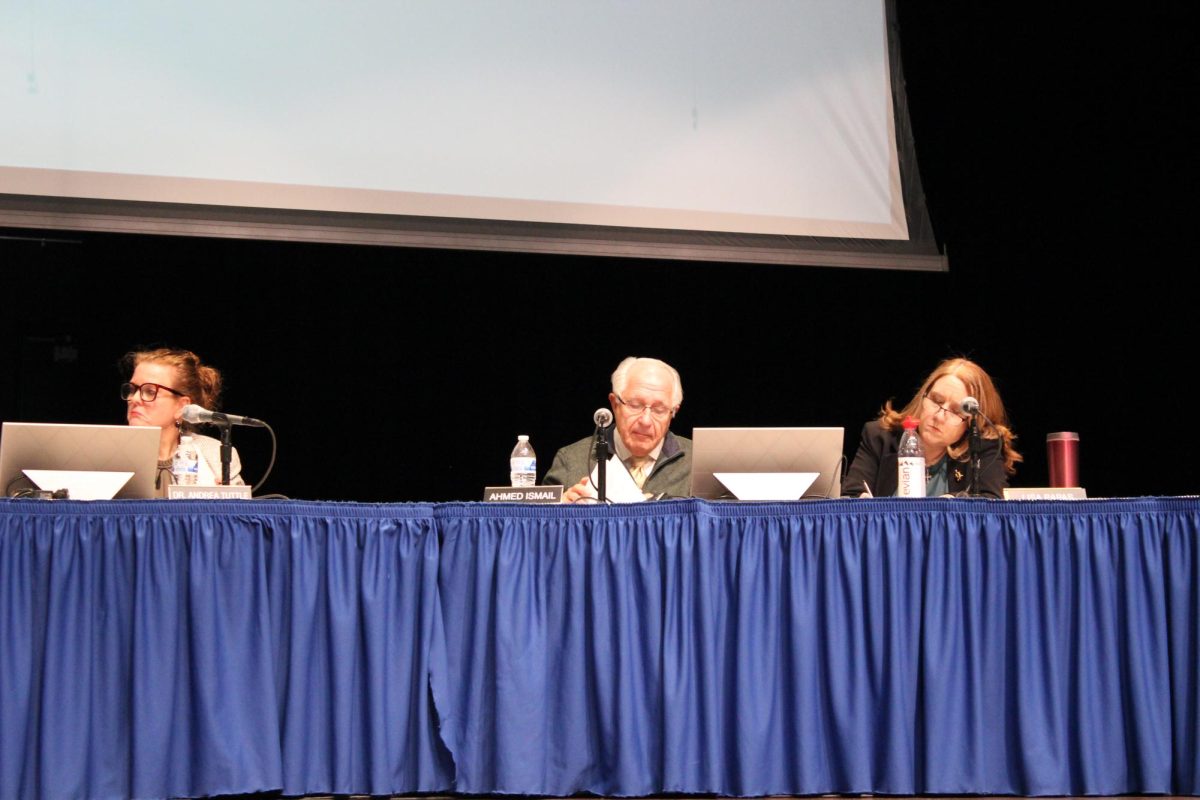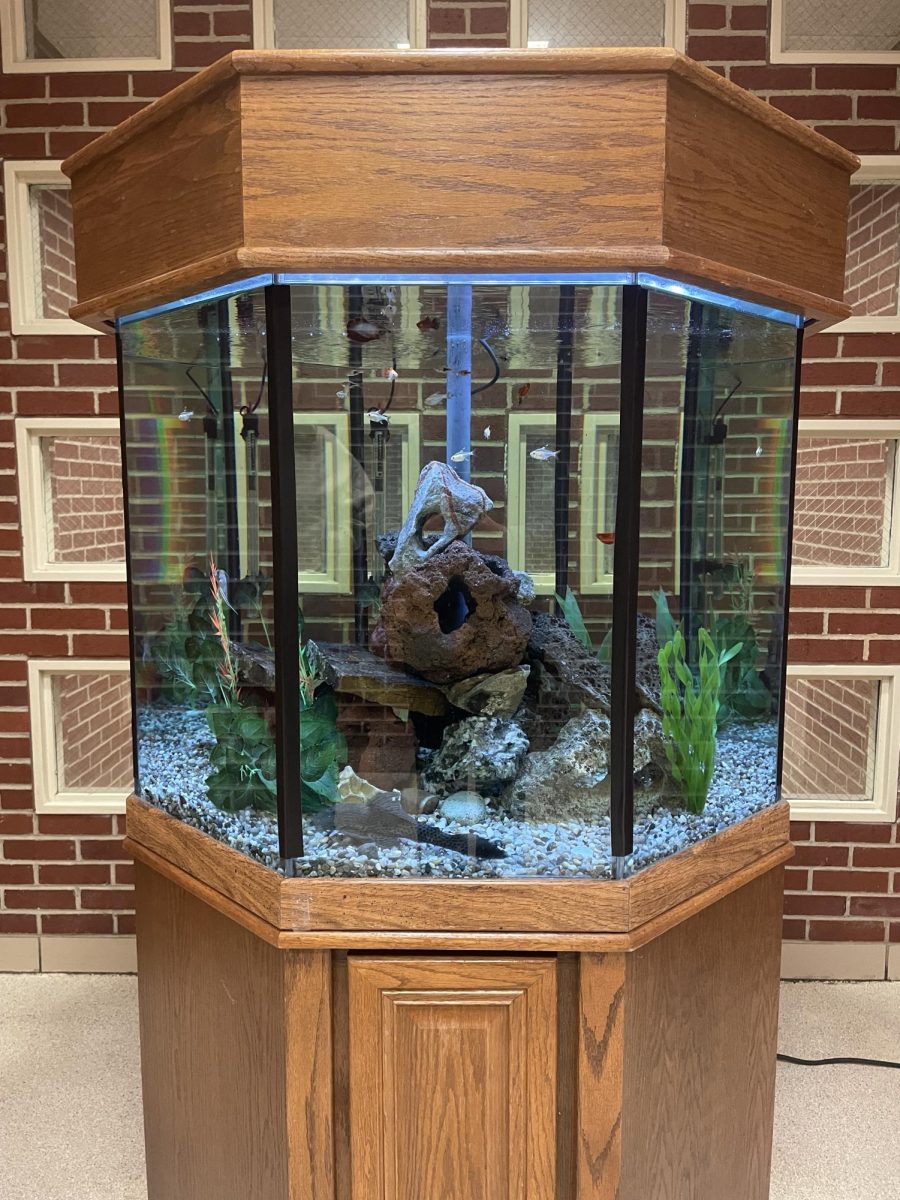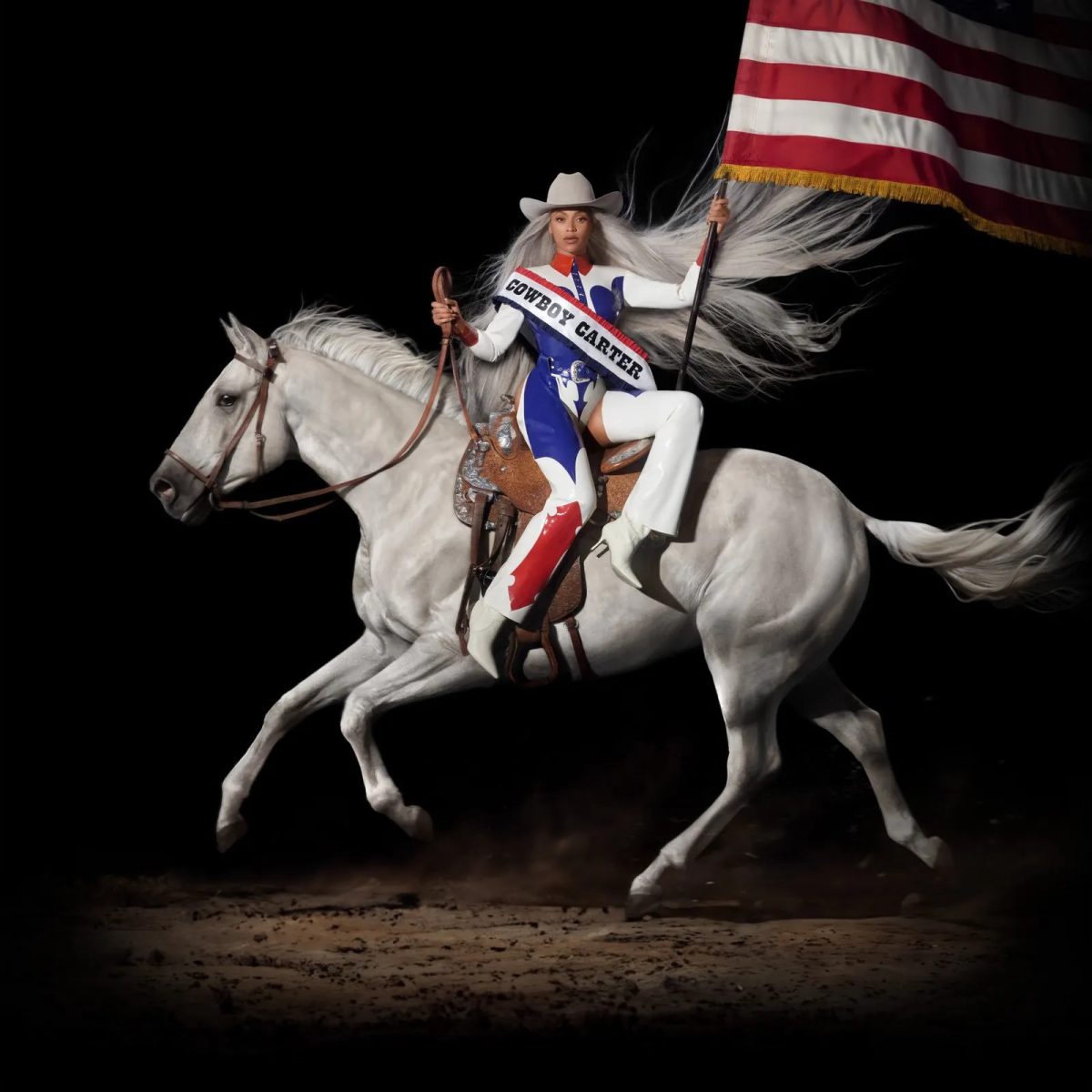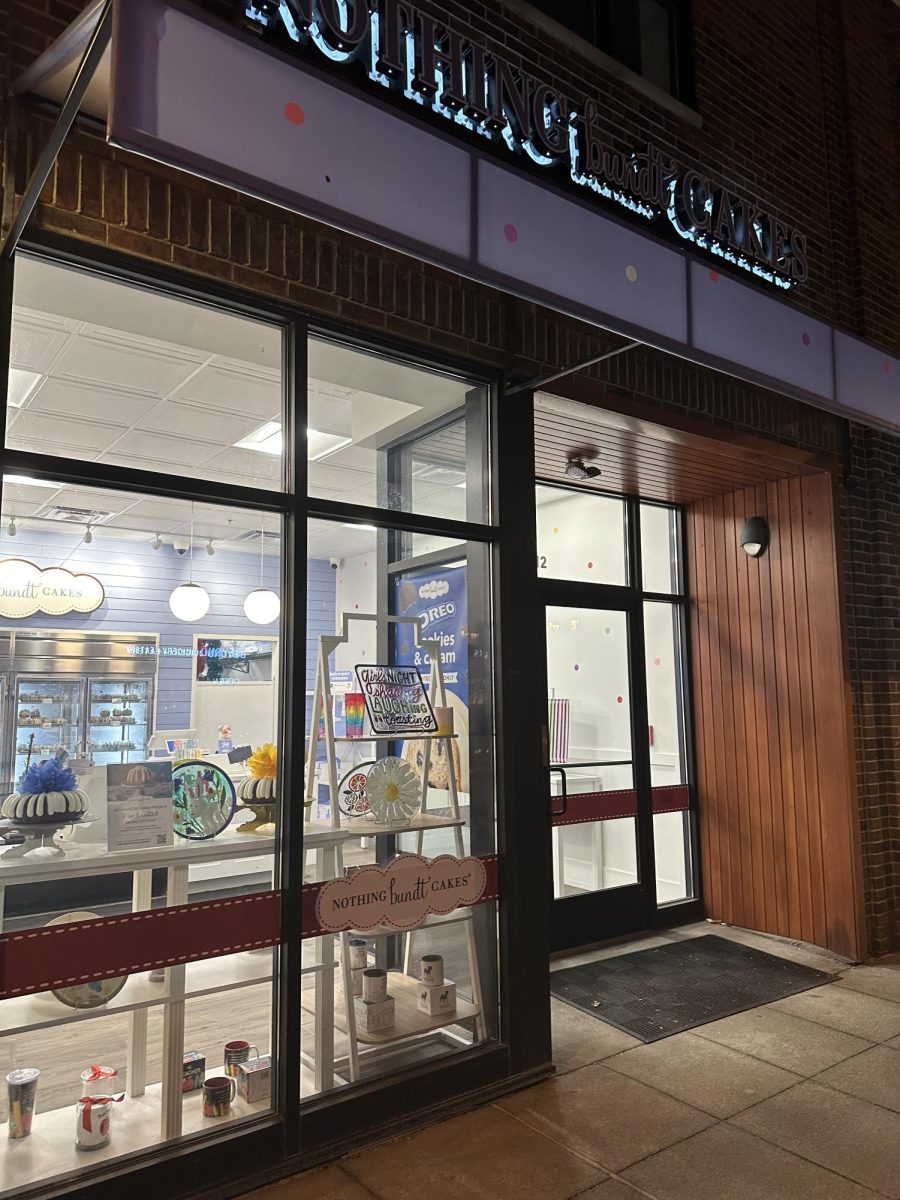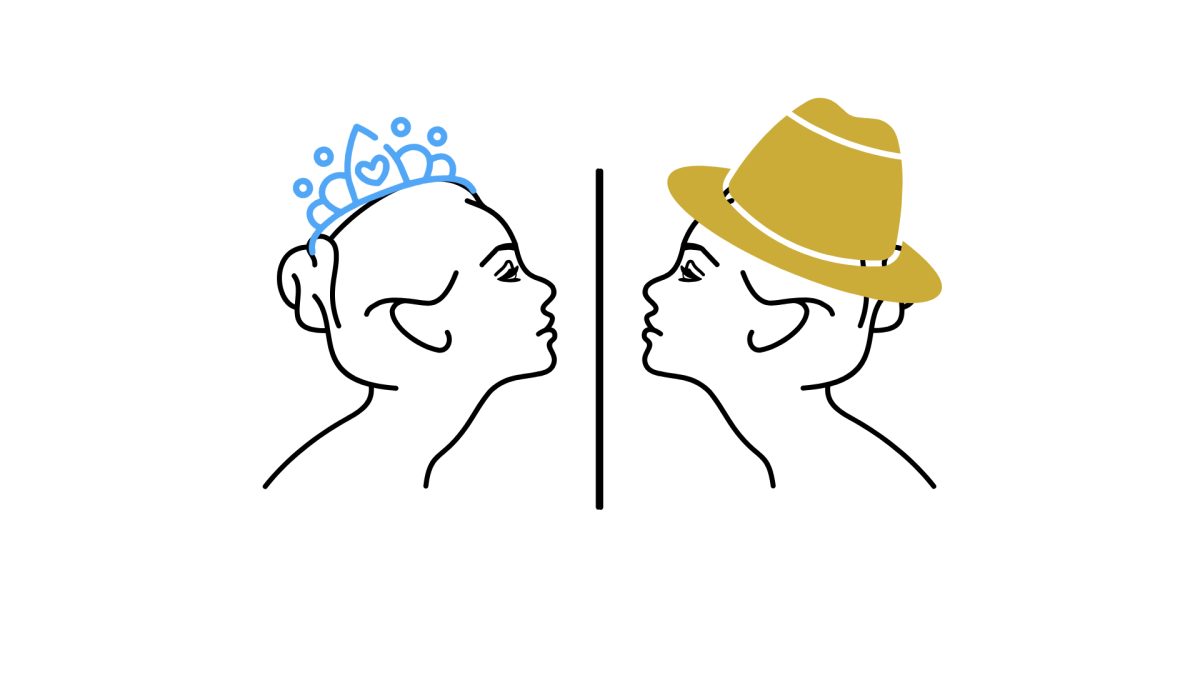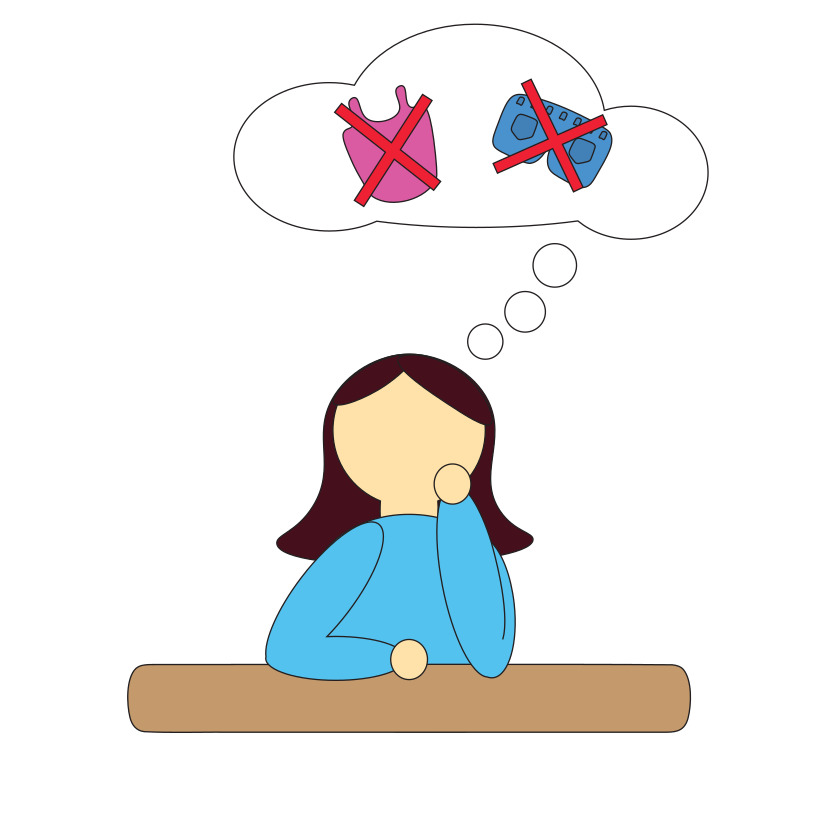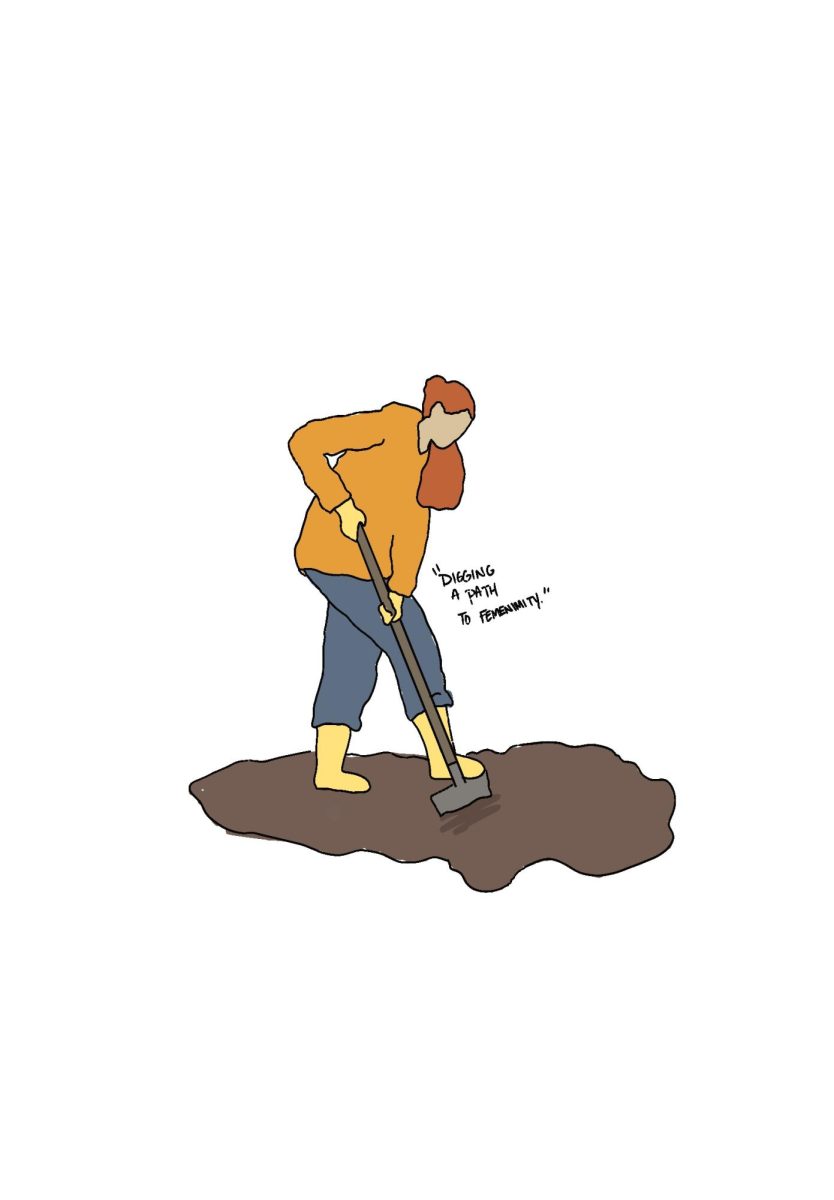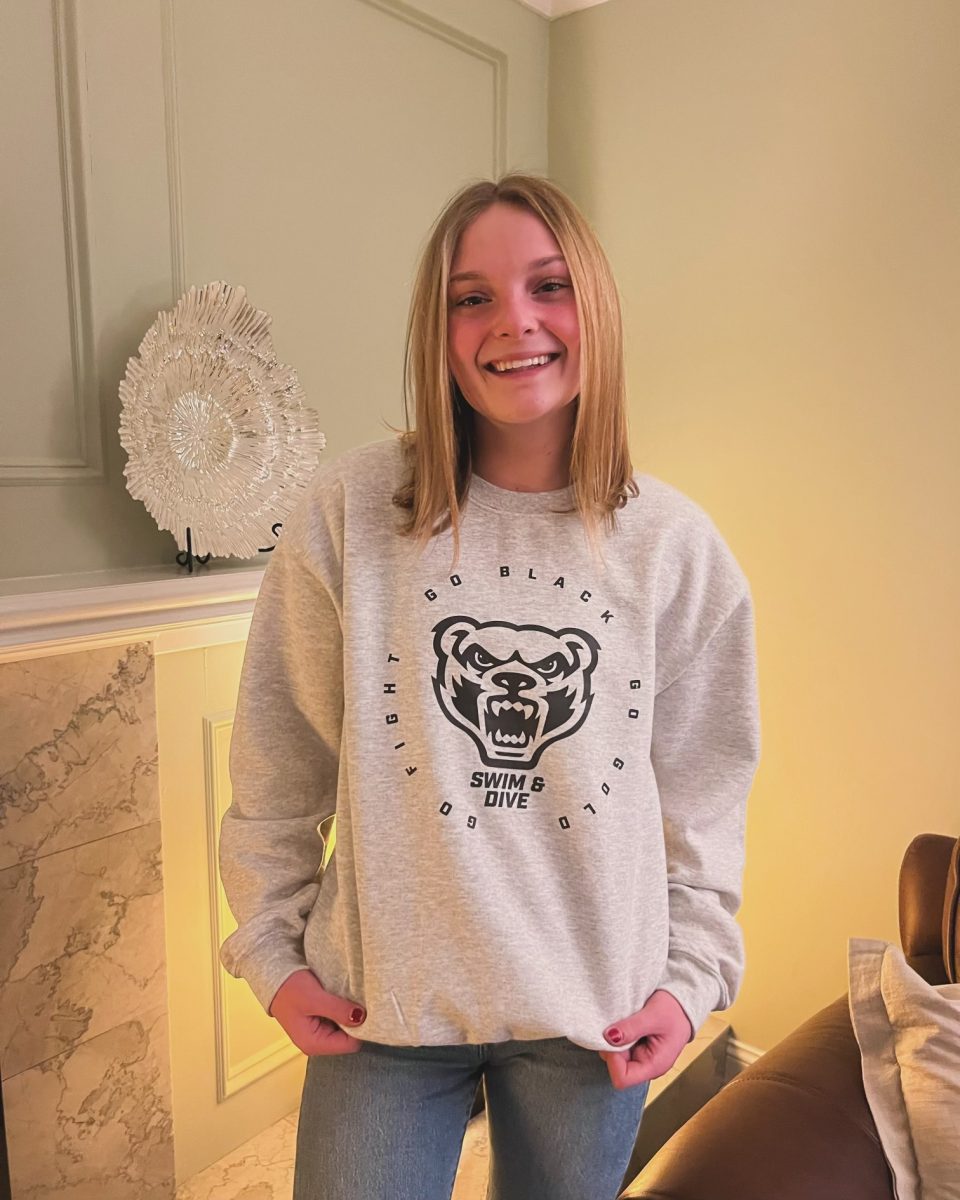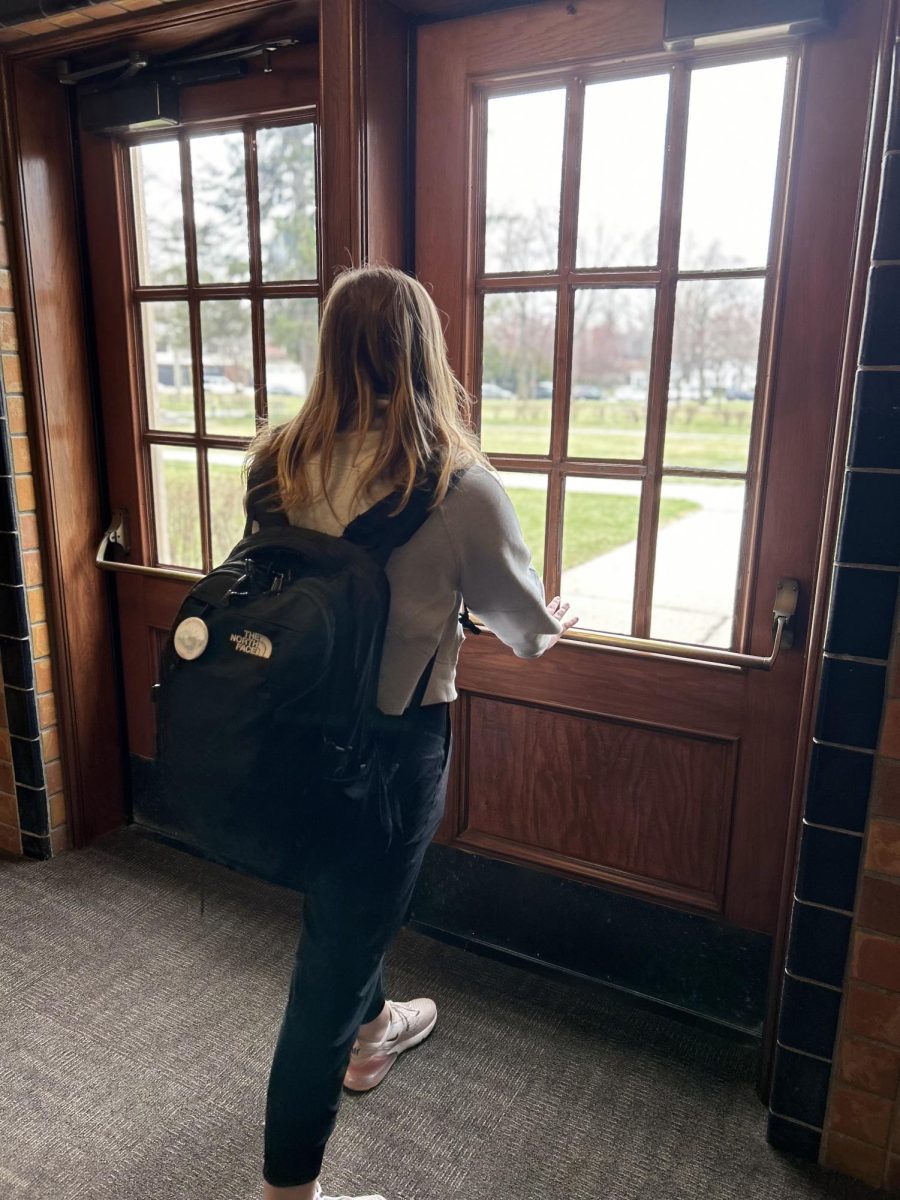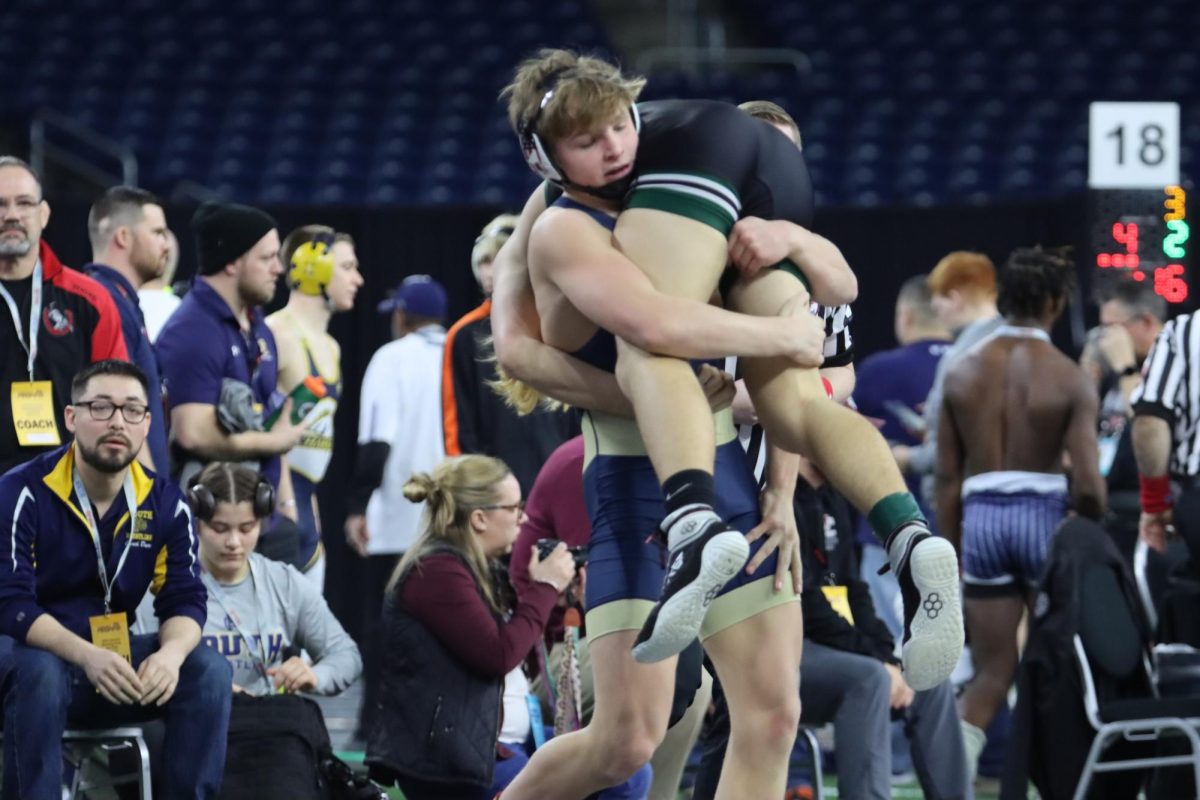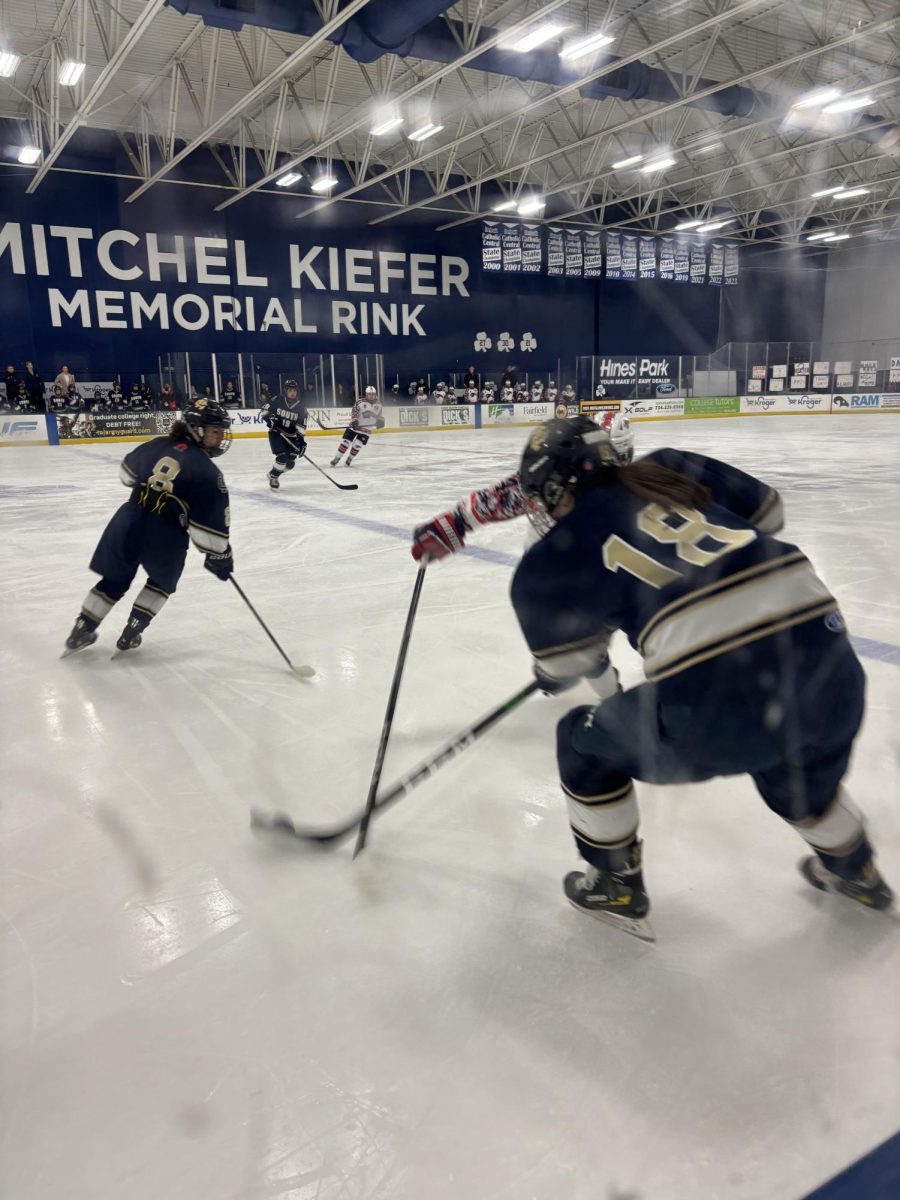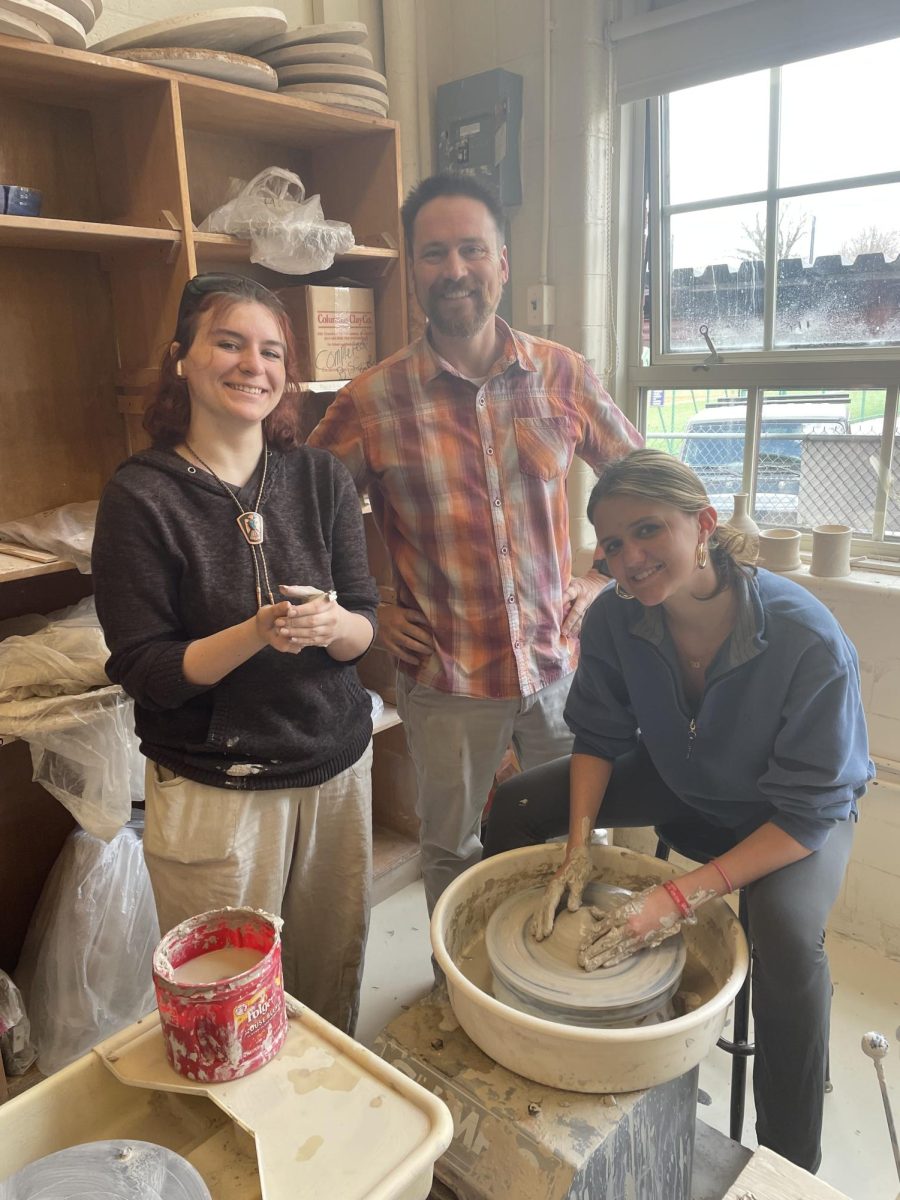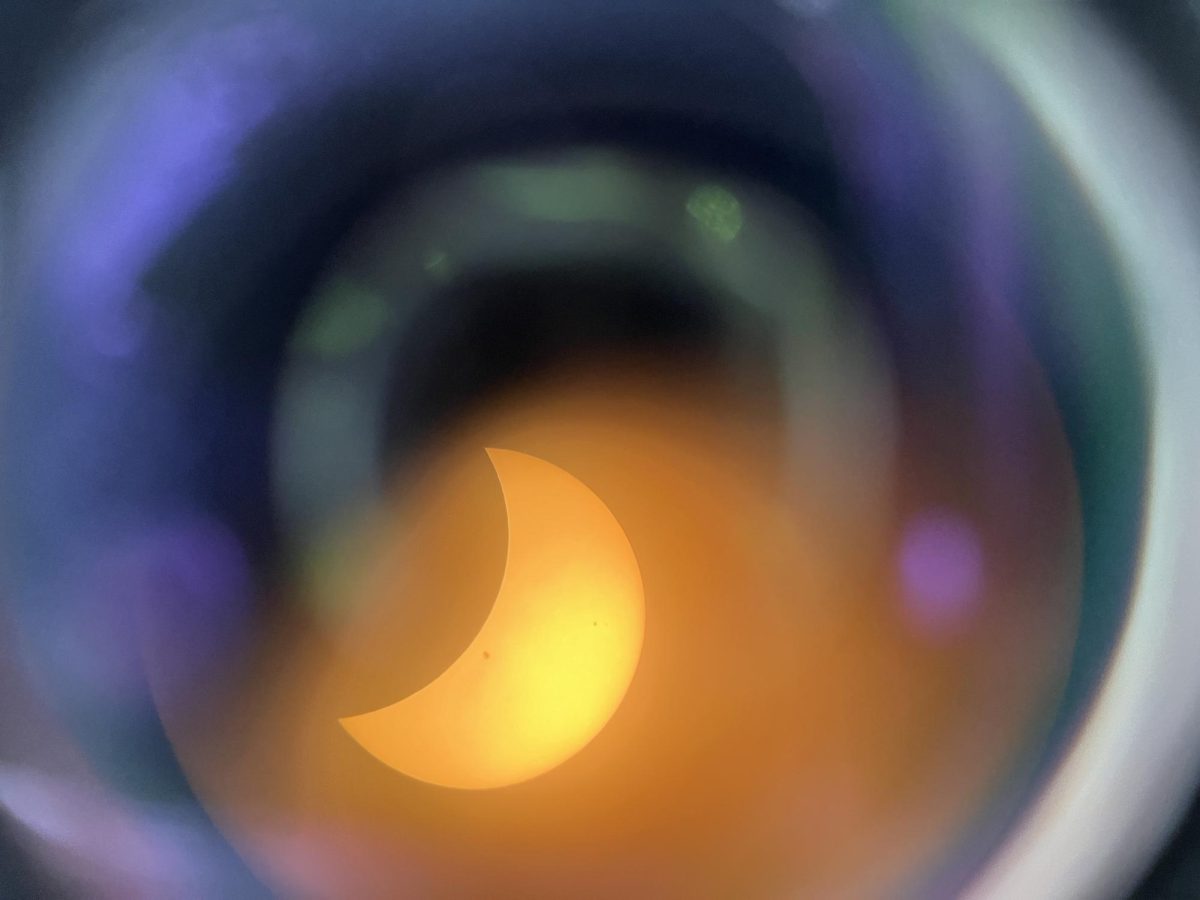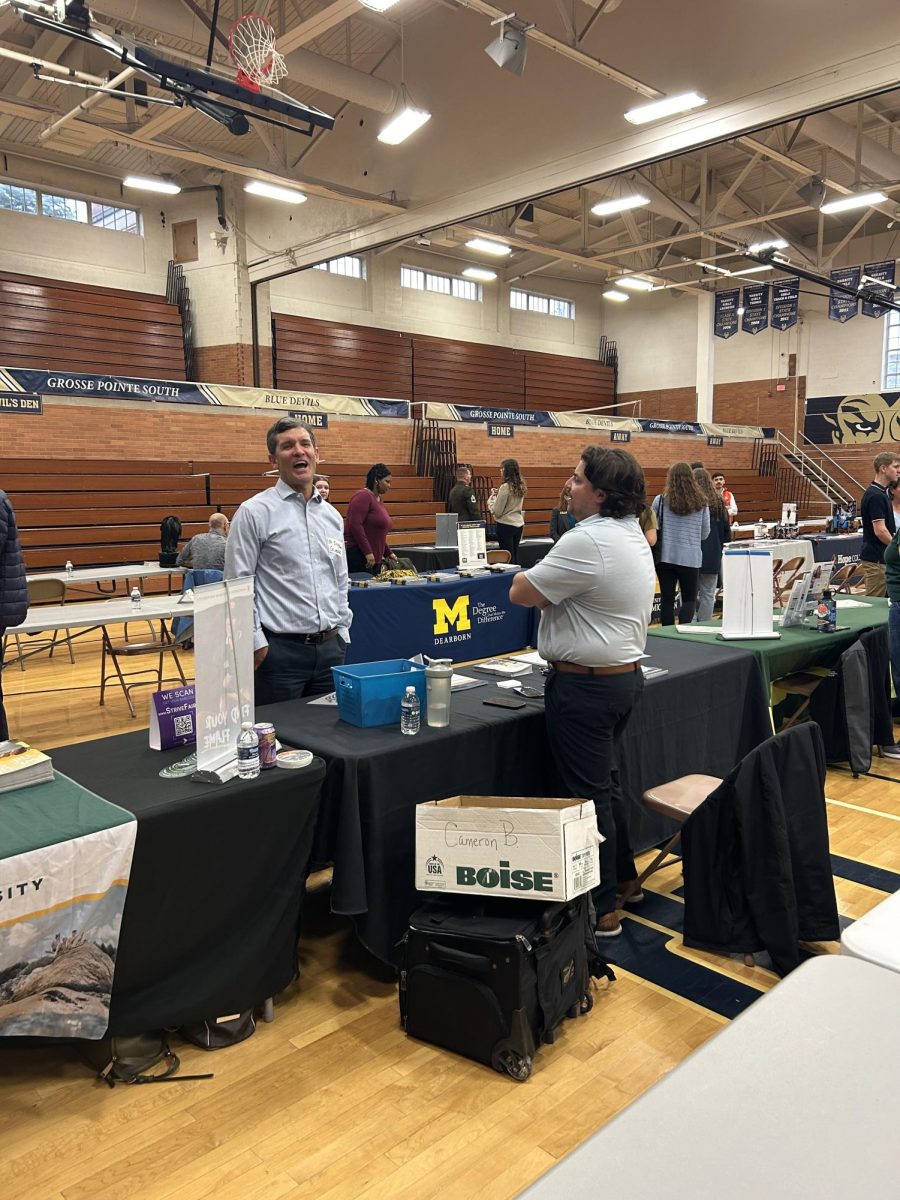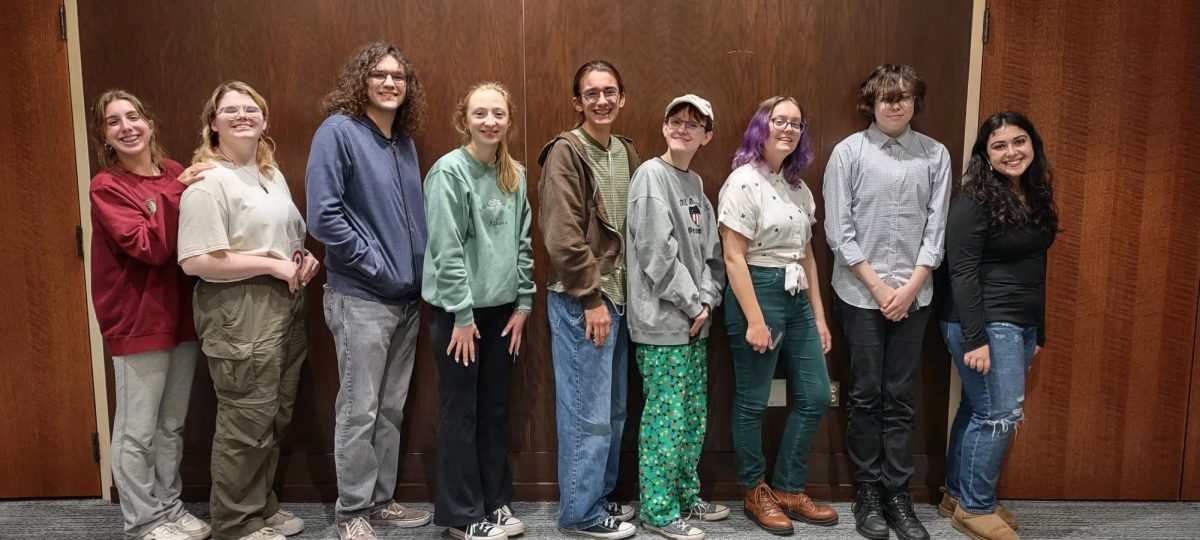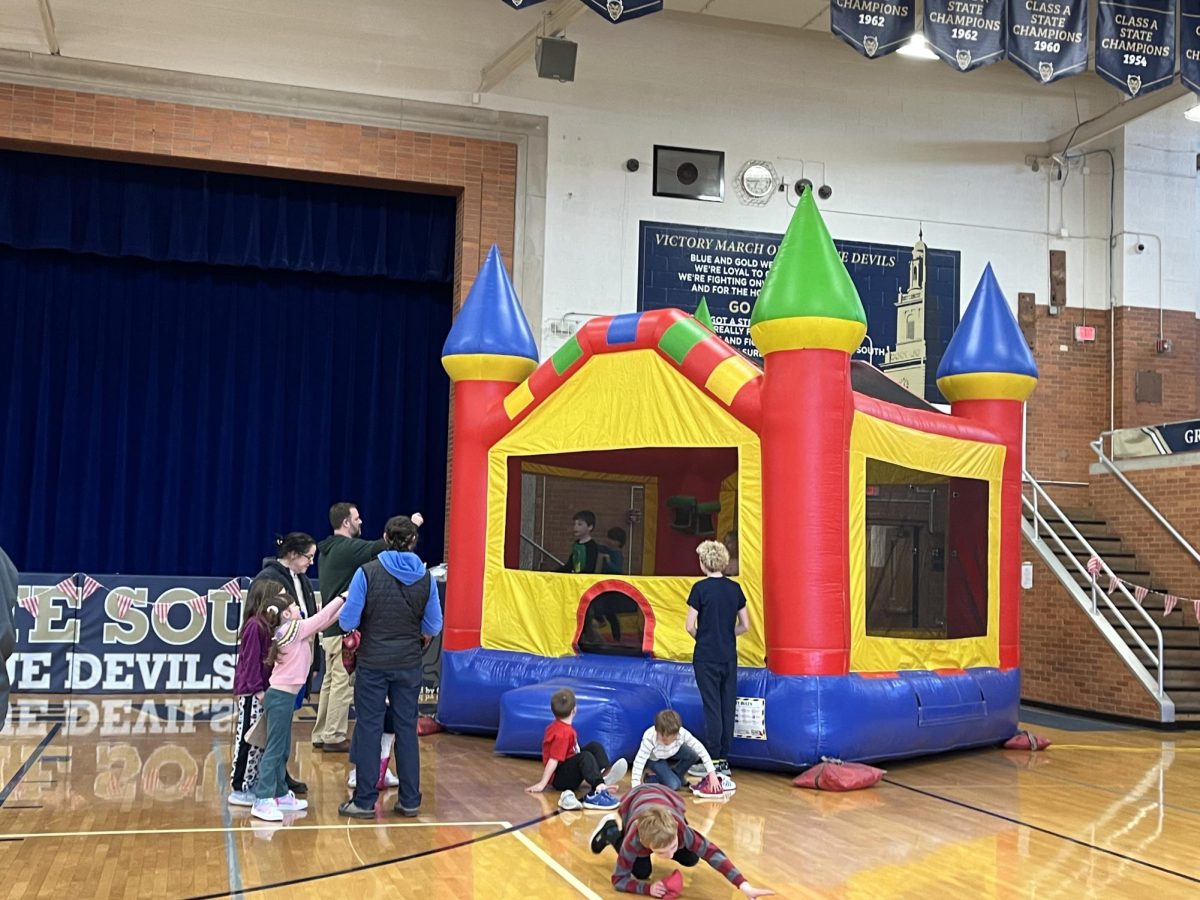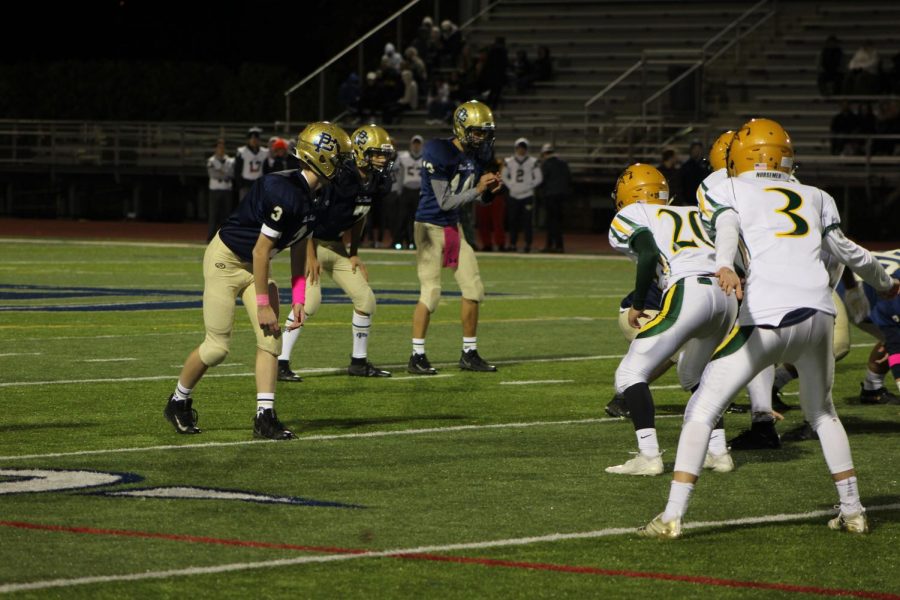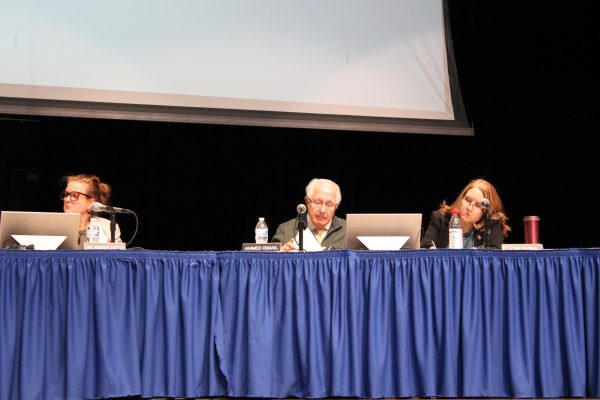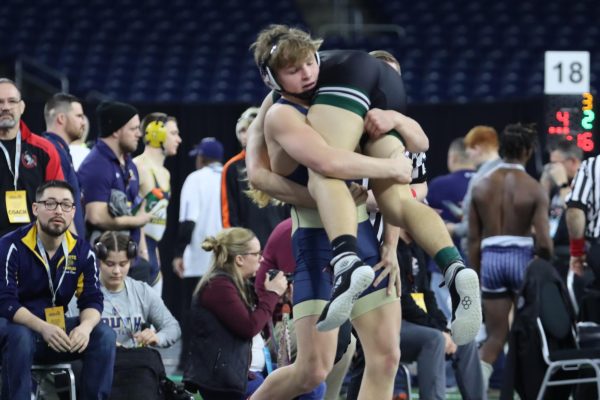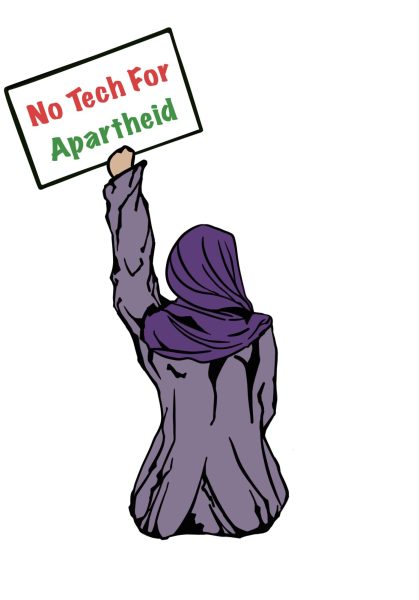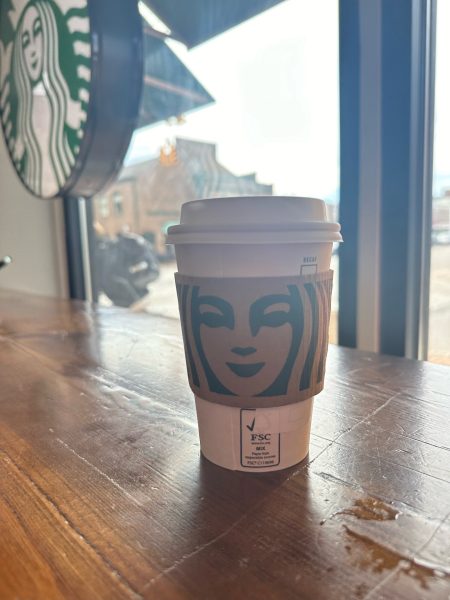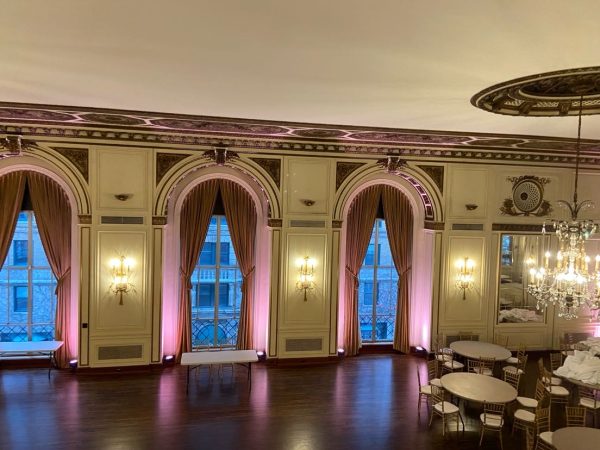Layer up, athletes; fall is here
November 2, 2018
As autumn turns to winter, students playing fall sports begin to experience severe negative effects of Michigan’s temperate climate. As the weather takes a turn of the worst, student-athletes need to find new ways to cope.
According to JV football player Nick Vandenbrink ’21, wearing layers underneath jerseys helps keep players warm. Vandenbrink is a quarterback for South’s JV team. Vandenbrink believes that as the temperature drops near the end of the season, keeping warm is crucial to peak one’s performance.
“If you don’t wear layers, it’s hard to stay warm and keep your muscles loose, and it’s much harder to perform at a high level,” Vandenbrink said. This is an obstacle for many fall athletes, as they trained all summer in rather warm temperatures. The end of the season it can be uncomfortable for cross country runners as they are exposed to the elements due to most second layers being against the rules.
Varsity cross country runner Blake Weaver ’19 said the cold air burns his lungs, which makes it harder to deal with the cold. Warm-ups are his time to get focused and conserve body heat because when the gun sounds for a race, all he is wearing is the singlet and shorts.
“Runners and athletes, in general, are supposed to have warm moist air,” Weaver said. Although the cold air can impact runners negatively, Weaver likes when the weather is around 40 or 50 degrees.
“That’s when I race my best, but any colder than that it starts to affect you negatively,” Weaver said. High level of play is common between fall athletes in weather nearing the 40’s. Varsity soccer player Griffin Clevenger ’19 also enjoys a mild temperature to perform in.
According to Clevenger, when the weather is too hot he struggles to stay focused because he is trying to control his breathing. But when it gets too cold, the air burns his lungs and makes his fingers numb. This makes it hard for him and it’s especially when the weather changes overnight.
“One day at practice it will be 50 degrees or 40 degrees and I show up wearing a sweatshirt and pants and then if we have a game the next day I’d probably expect it to be the same weather and I would show up ready to be cold,” Clevenger said. “But then all of a sudden it went to eighty degrees over the weekend and I have to take off all my extra layers and I think it throws me off my game.”
Living in Michigan, this is something Clevenger has gotten used too. The temperate climate makes adapting a key factor to his game.
“I like around 50 degrees of 55 degrees because it’s not too hot, but it’s not too cold so I’m not gasping for air and I can have full mobility in my hands,” Clevenger said. The change in weather affects athletes no matter what the sport.





